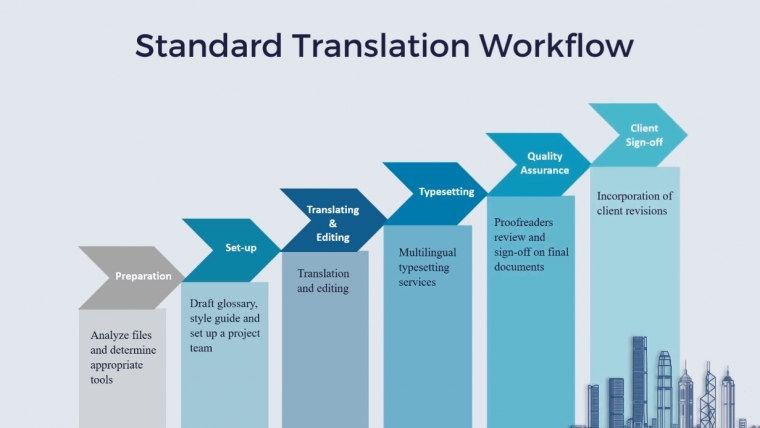Specialist Spotlight: Corporate Communications Translation
April 28, 2023
Corporate communications is a set of activities in managing all internal and external communications of a company or organization with the aim to create favourable point of view among stakeholders including customers, employees, the media and general public.
With globalization being an ever-growing phenomenon, companies are increasingly trying to connect with global markets and stakeholders. This requires translation services to ensure that the content communicated can be understood by the target audiences in different countries and regions, helping companies to reach different markets more efficiently and dynamically.
It is often said that the way in which a business communicates is a reflection of its brand identity. A professional translation service provider can help a company make an excellent first impression when reaching potential clients.
Challenges of corporate communications translation
Literal translation doesn’t always work
Literal translation is what happens when the text is translated word-for-word from one language to another. It is probably a must in legal and technical translations where precision is crucial. In corporate communications translation, however, where emotive ideas are often involved, sticking to the source materials may not be able to retain the spirit and tone of the original text. This is when transcreation comes into play, in which linguists have to recreate the message in the target language with the source material as reference that captures the feelings of the original text.
Managing cultural concerns
It is true that learning a new language gives you a new perspective so it is only natural that speakers of different languages perceive the world differently. There is subtlety in almost every expression or word, and they vary in different societies. To add to the complexity, literary devices are often used in corporate communications material, especially in marketing and advertising. The intended meaning behind them can be language or even culture-specific. Translators should therefore be highly aware of the culture of the languages they are dealing with in order to successfully deliver the intended messages.
Understanding nuances
When sending emails and documents back and forth to stakeholders, such as clients and employees, you are sharing not only instructions and information, but also the company’s culture. The tone, diction and verbiage of the messages will affect how the people perceive the organisation. In almost every language, there are many nuances between terms that are normally recognised as synonyms. Simply consider how some companies phrase ending an employee’s contract. Some may call it “terminate” and others may say “disemploy” or “getting laid off”. All of them mean the same thing – the employee no longer works for the company – but each of those phrases have different connotation. Consider how complicated the nuances associated with one language are, and imagine how much more complicated it gets when new languages enter the mix!


